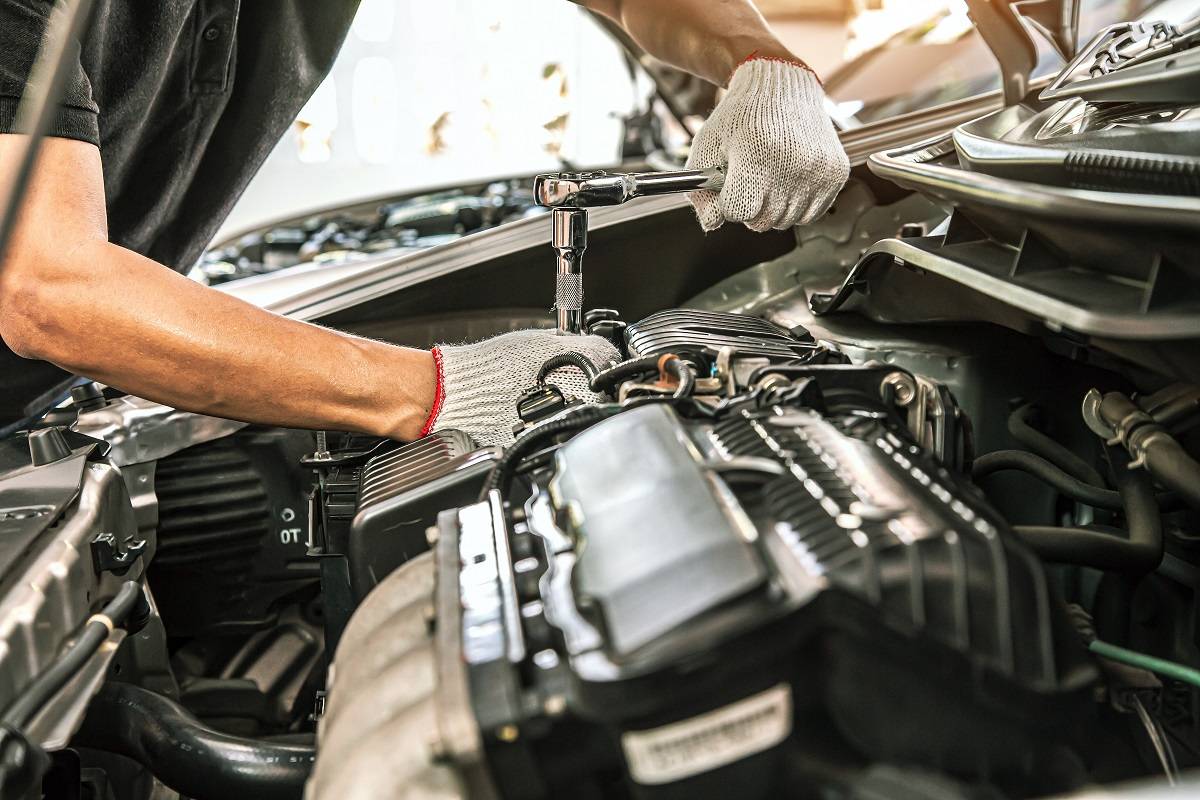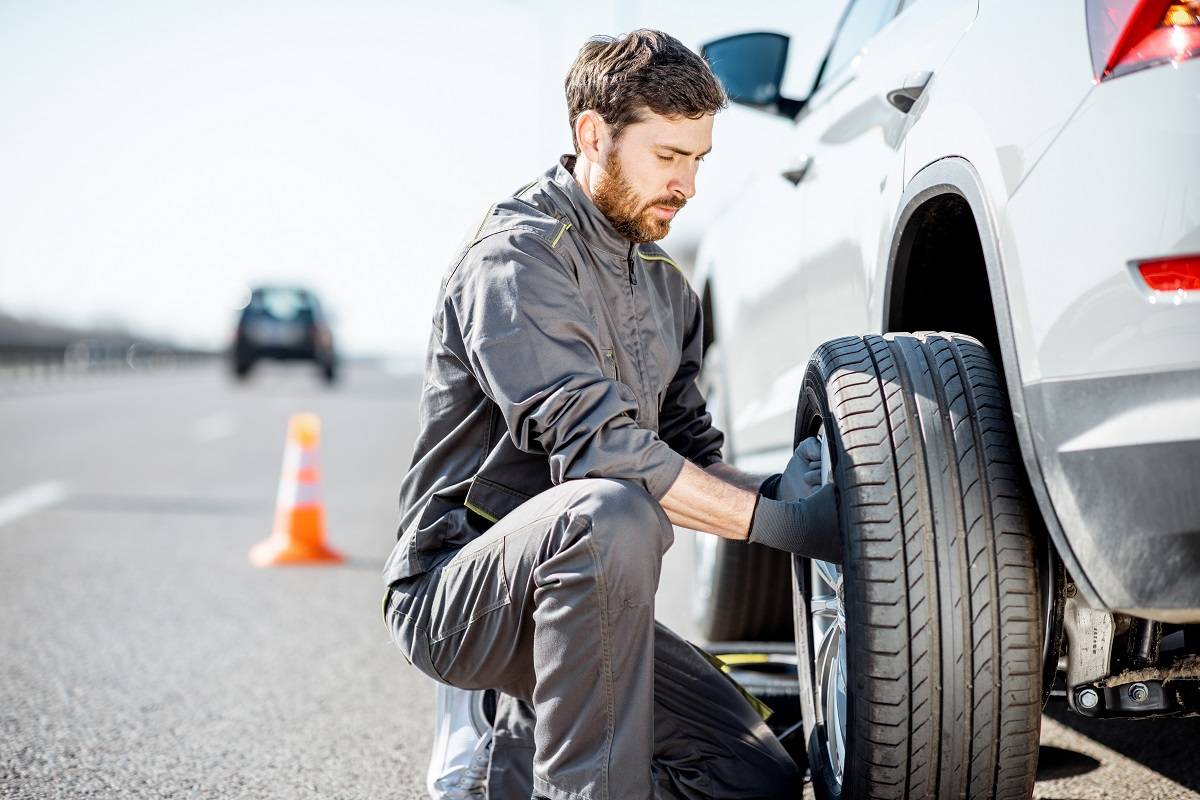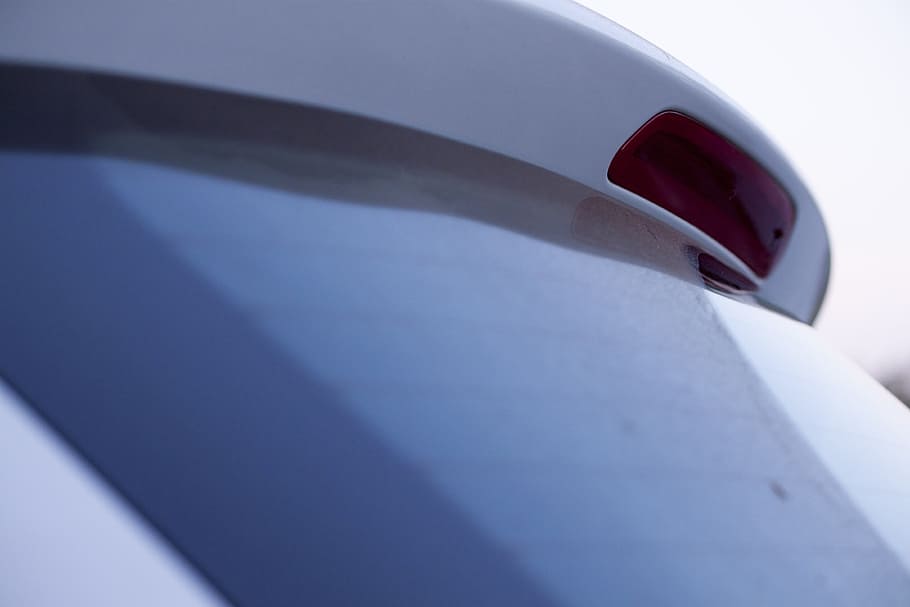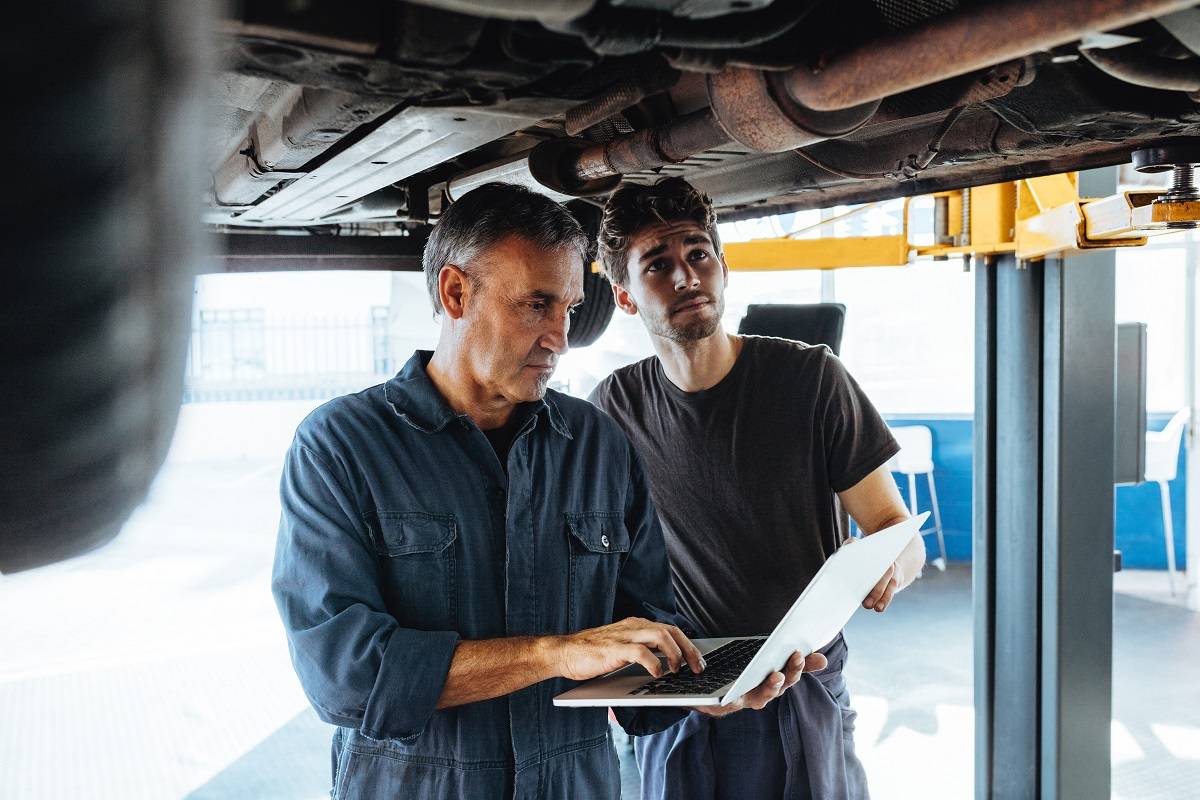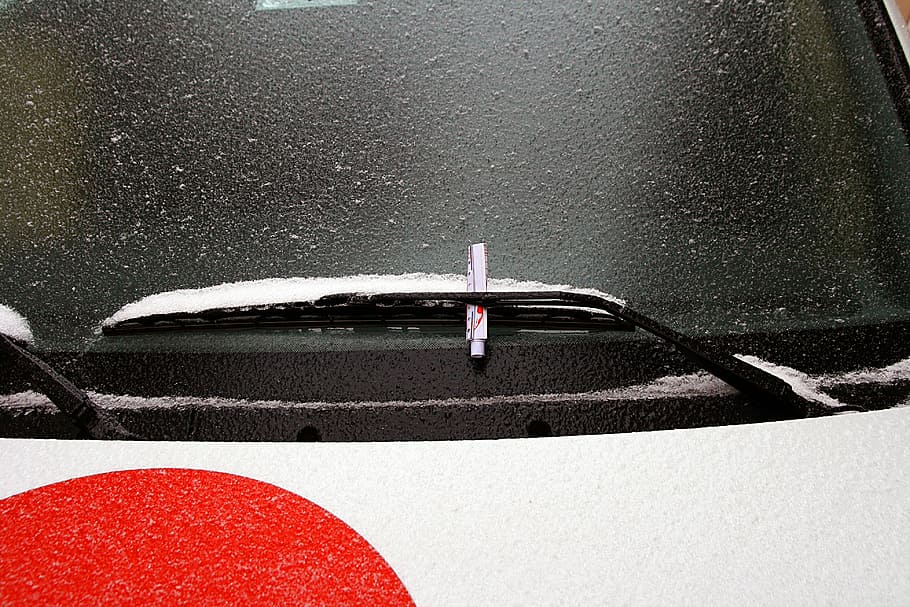In the world of automotive safety, one concept that has revolutionized occupant protection during collisions is the implementation of crumple zones in cars. These specially designed areas of a vehicle absorb and dissipate the impact energy generated during a collision, significantly reducing the force transferred to the occupants.
Understanding Crumple Zones
Crumple zones, also known as deformation zones or crush zones, are specific areas in a car that are engineered to deform during a crash. These zones are strategically placed in the front and rear of the vehicle, away from the passenger compartment, to absorb and distribute the energy of an impact.
Purpose of Crumple Zones
The primary purpose of crumple zones is to increase occupant safety by managing the forces generated during a collision. By absorbing and dissipating energy, crumple zones help minimize the deceleration experienced by the occupants, thus reducing the risk of serious injuries or fatalities.
How Crumple Zones Work
When a car collides with an object or another vehicle, the crumple zones are designed to deform in a controlled manner. This deformation occurs due to the use of specially engineered materials and structural elements that can absorb large amounts of energy. By deforming, the crumple zones increase the collision duration, which in turn reduces the peak forces exerted on the occupants.
Material Selection for Crumple Zones
To ensure the effectiveness of crumple zones, automobile manufacturers carefully select materials with excellent energy absorption properties. Commonly used materials include high-strength steel, aluminum alloys, and advanced composites. These materials are chosen for their ability to deform and absorb energy while maintaining the structural integrity of the passenger compartment.
Benefits of Crumple Zones
The implementation of crumple zones in cars brings several benefits in terms of occupant safety. Some key advantages include:
Reduced Impact Forces: Crumple zones absorb and distribute the energy of a collision, reducing the impact forces transmitted to the occupants.
Increased Survival Space: By deforming in a controlled manner, crumple zones create a survival space within the passenger compartment, minimizing the risk of intrusion.
Mitigated Injury Severity: The controlled deceleration provided by crumple zones helps reduce the severity of injuries sustained by the occupants.
Enhanced Compatibility: Crumple zones play a crucial role in ensuring compatibility between vehicles of varying sizes and weights, reducing the risk of severe injuries in mismatched collisions.
Crumple Zones in Modern Vehicles
Modern vehicles are equipped with advanced crumple zone designs that take into account various crash scenarios. Car manufacturers utilize computer simulations, crash tests, and advanced engineering techniques to optimize the effectiveness of crumple zones. The goal is to provide the highest level of protection to occupants across a wide range of collision types and speeds.
The Evolution of Crumple Zones
The concept of crumple zones has evolved significantly over time. Early vehicles had minimal or no crumple zones, making them less safe in car accidents. As the understanding of crash dynamics advanced, engineers began incorporating designated deformation zones into car designs. Today, crumple zones are an integral part of vehicle safety systems, continually evolving to enhance occupant protection.
Impact on Occupant Safety
Crumple zones have made a remarkable impact on occupant safety during collisions. By effectively managing crash energy, they help reduce the severity of injuries and increase the chances of survival. Crumple zones work in conjunction with other safety features such as seat belts, airbags, and reinforced structures to create a comprehensive safety system in modern vehicles.
Importance of Proper Maintenance
To ensure the continued effectiveness of crumple zones, regular and proper vehicle maintenance is crucial. Any damage to the crumple zones, such as from a previous collision or corrosion, can compromise their ability to absorb energy. It is essential to address any structural repairs promptly and follow manufacturer-recommended maintenance schedules to maintain the integrity of the crumple zones.
Limitations of Crumple Zones
While crumple zones have undoubtedly improved occupant safety, it is essential to acknowledge their limitations. Despite their effectiveness in many collision scenarios, there are situations where crumple zones may not offer optimal protection. For instance, in high-speed or severe collisions, the energy involved might exceed the crumple zones' absorption capacity, leading to a higher risk of serious injuries. Moreover, crumple zones are primarily designed to safeguard occupants in frontal and rear-end collisions, leaving the sides of the vehicle less protected in certain crash scenarios.
If you find yourself in an unfortunate car accident, understanding the intricacies of crumple zones and their potential limitations is essential. In such situations, seeking legal advice and representation from experienced car accident lawyers is crucial to ensure your rights are protected. According to Roberts and Spiegel, car accident lawyers serving Fresno, getting the help of an attorney will maximize your compensation and hold negligent parties accountable.
The Future of Crumple Zones
As automotive technology continues to advance, so does the development of crumple zones. Engineers are exploring innovative materials and designs to further enhance the energy absorption capabilities of these safety features. Additionally, the integration of sensor technologies and advanced driver assistance systems may enable vehicles to predict and adapt their crumple zone behavior to optimize occupant safety in real-time.
Crumple zones in cars have revolutionized occupant safety during collisions. These specially engineered zones effectively absorb and dissipate crash energy, reducing the forces transmitted to the occupants. By providing controlled deformation, crumple zones play a vital role in mitigating injuries and increasing survival chances. Regular maintenance and advancements in design will continue to enhance the effectiveness of crumple zones, making vehicles safer for occupants in the future.


